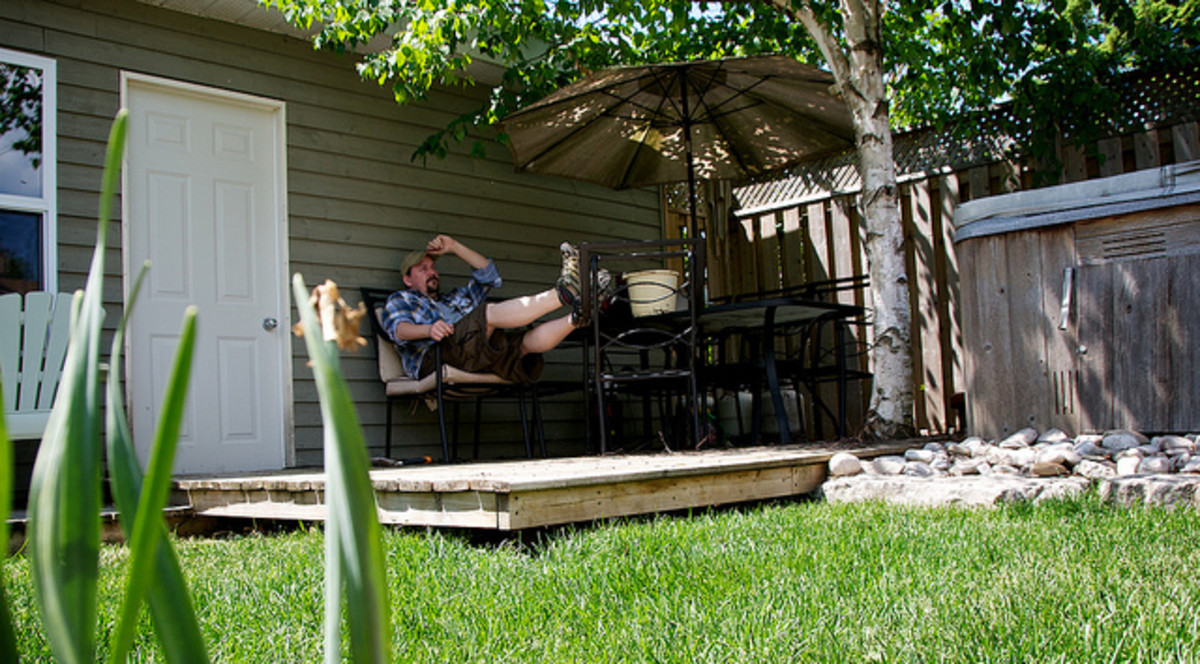Still Standing
An overview on the Dakota Pipeline Protests
It was only two years ago that we were constantly hearing; Standing Rock, in one way or another. Talk had spread of protesters and holy grounds; maybe even your local news saying something of Obama's Administration or raising funds for the cause. But what exactly is the Dakota Pipeline and what is it exactly that has been in effect recently in the normally quiet, rugged midwestern state of North Dakota? On March 11 of 2016 construction was approved by the Federal Government of Energy Transfer Partners’ Dakota Access Pipeline. In only a little over a year was 77% of the pipeline already completed. Ooriginally projected to run through rivers in between Missouri and Mississippi along with Lake Oahe; which runs beneath the Standing Sioux Reservation and the wholeness of the Sioux Burial Grounds in between both Dakotas, this pipeline was completed the spring of 2017 and has already begun delivering oil . Standing now at a net worth of 3.8 U.S. billion dollars, this pipeline has already leaked at least three times.
The U.S. Army Corps of Engineers managed to get a nationwide permit 12 by going through a process in which they make the building of the pipeline a series of small construction projects as compared to one large one. With this process was the U.S. Army Corps of Engineers able to be granted an exemption from an environmental review, which is legally required by the Clean Water Act and the National Environment Policy Act. This obviously poses an issue as a project as large as this one can potentially pose a threat to the environment. But then why would a company decide to build a pipeline that wouldn’t guarantee regional safety? In my opinion this situation can be considered a modern form of colonialism as the company feels it must take advantage of natural resources for economic gain. This gain being access to oil domestically, as a 3.8 billion project on a pipeline may seem fair for America’s potential ability to not having to buy oil from other countries. I feel that as this economic gain is the goal of this particular corporation, that they are willing to risk a marginalized communities safety for the sake of American dollars.
As the community in the region feared that the pipeline would threaten the clean water source and residents mourned for their ancestors burial grounds, forms of protest began to surface. In early April 2016 about 200 protesters belonging to the tribes of the Dakotas rode out on horseback to the construction site and later on in the month, the Standing Sioux Tribe petitioned the U.S. Army Corps of Engineers demanding a thorough environmental study of the pipeline. After approval of the final land easement on July 26 2016, the tribe sued the U.S. Army Corps of Engineers in efforts to stop the pipeline but this motion was denied in September.
Not shortly after the denial was attention brought to the matter by mainstream media in the same month. In less than a month supporters from all over the country fled to the Carolinas in effort to help stop the completion of the pipeline. In early September of the same year, more and more reports surfaced of protesters being maced, attacked by guard dogs, sprayed with heavy duty water hoses in below freezing temperatures and harassed by police. By mid November the participants in the protest had reached into the thousands. These protesters; along with protesters who continued to camp even after legally being obligated to leave spent weeks camping in harsh and cold weather conditions; experiencing police brutality and below zero temps.
December 4 2016, the effort saw some light as Obama’s Administration, the Federal Army denied the final easement, halting the construction and demanding an environmental impact assessment. Army’s Assistant Secretary Jo-Ellen Darcy stated; “The best way to complete the work responsibly and expeditiously is to explore alternative routes for the pipeline crossing.” And although alternative routes were being explored; this wasn’t necessarily a gained “win” for Standing Rock as protesters kept in consideration that come January; Trump, along with many political changes would enter office. People continued to camp near the reservation and with at least the battle won before the war; the Standing Rock Sioux Reservation, still stood.
And with the war horn still loudly blowing; Jack Gerad; president and CEO of the Petroleum Institute, a trade association for the America’s Oil and Natural Gas Industry called on Trump very shortly after the easement was issued to reject Obama’s administrations act. Gerad has also claimed that the complete process of the pipeline has “played by the rules.” Aside from allies; the Army Corps of Engineers themselves stated that they were “fully committed” to completing the pipeline without having to reroute around the reservation. This also obviously had an impact on the protesters and residents of Standing Rock who refuse to leave their stations outside of the reservation until the project is was finished.
SInce early spring of 2016, the community up in the nestled plains of the Carolinas has been shaken up with much uproar. With government approval of abuse of natural resources and the installment of a major pipeline in the midwest; the story of these brave and united protesters had only become national news over the course of the last few months of Obama in office, due to various participants experiencing intense weather conditions and police violence. Now, like many fought battles; a forgotten loss. The protesters at Standing Rock continued to stand for the land of the people's until there was no longer any land to stand. And as the years have come to expose to us that we can view these Dakotas protests as a successful form of protesting for smaller victories, we must continue to consider that with a new party in office and the U.S. Army Corps of Engineers persistent attitude towards keeping the pipeline and now the inevitable spills; that any amount of dynamic action will be possible in the next coming years.
What do you think?
Should we search for different resources or continue to utilize the pipeline?
© 2018 Christa Canady








